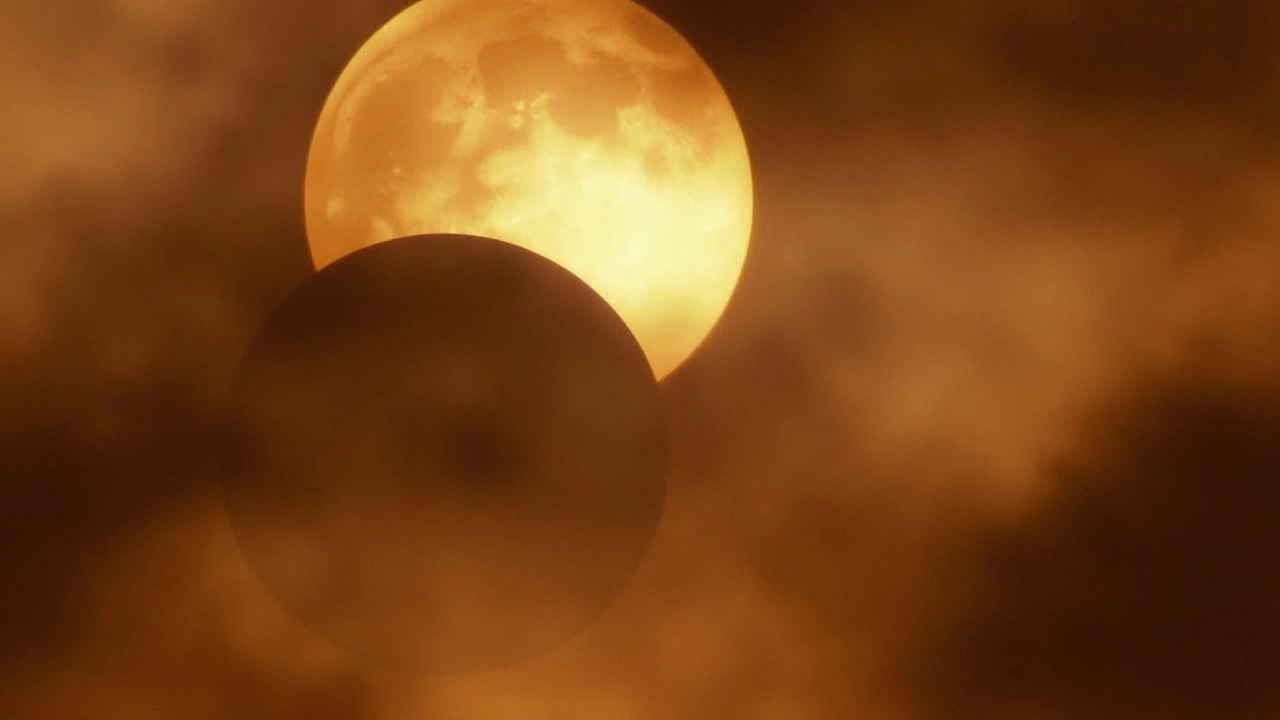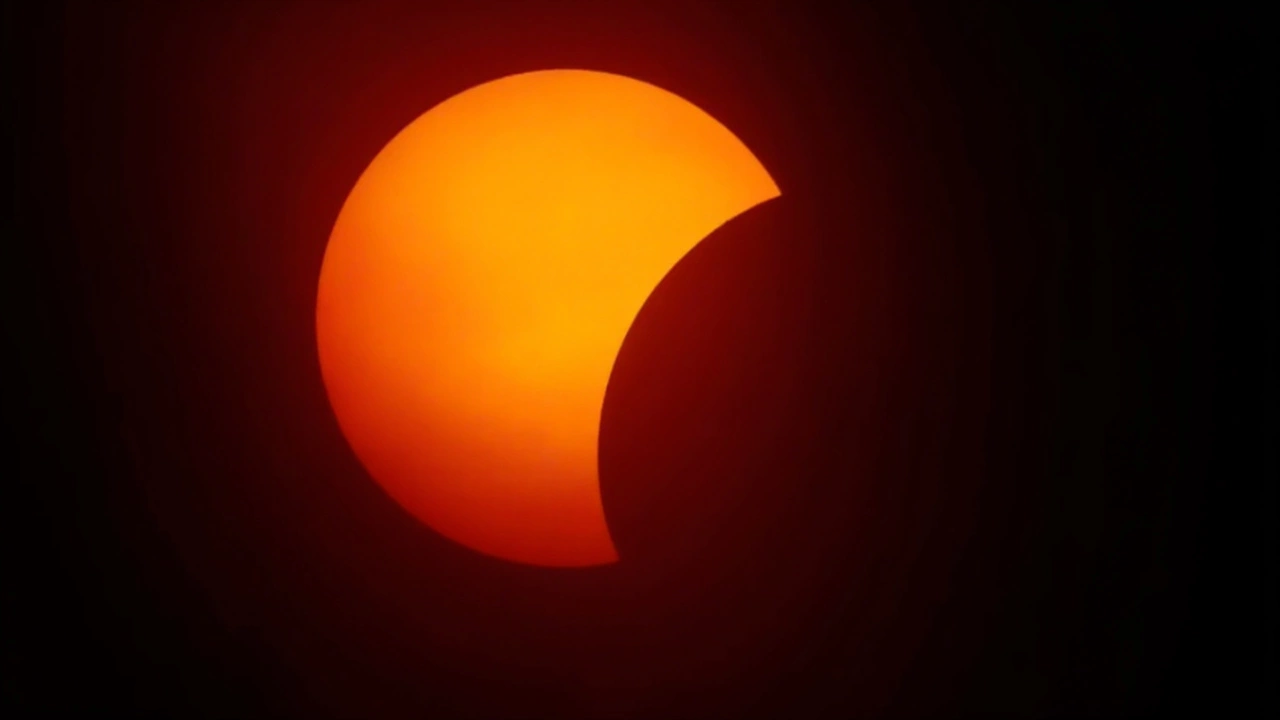The 2025 Solar Eclipse: What to Expect Across the UK
If you like rare sky shows, March 29, 2025, is the date to mark on your calendar. This Saturday morning, a partial solar eclipse UK event will unfold, offering a unique celestial spectacle across the country. But not everyone will have the same experience—the Sun will be covered to different extents depending on where you are.
The best seats in the house? Head to the far northwest, especially the Outer Hebrides. Here, the Moon will block out about 47% of the Sun around the peak of the event. Northern Ireland also gets an impressive view, with around 44% coverage. As you move east and south—over England, Scotland, and Wales—the bite taken from the Sun shrinks a bit, but it should still be hard to miss if the weather holds.
The action starts at 9:56 AM GMT, with the most dramatic moment of maximum coverage striking before noon, and everything wrapping up by 12:14 PM GMT. That’s over two hours to soak in the show, weather permitting. But don’t expect the darkness of night—while the drop in sunlight might get your attention, it stays bright enough that you'd notice the difference only if you’re really paying attention.

Where and How to Watch Safely
Timing might be set, but the key question is: where are you watching from? Western Scotland, especially those rugged islands, will offer the deepest eclipse. Belfast and other parts of Northern Ireland also fare well. For those in London or Cardiff, the eclipse’s nibble will be smaller, but it’ll still be visible for those tuned in early.
Let’s talk safety—it’s no joke. Looking directly at the Sun, even when partly covered, can permanently damage your eyesight. Don’t count on sunglasses or homemade filters. The only safe way is to use solar eclipse glasses with the necessary ISO certification, or set up a pinhole projector to watch the Moon’s steady move across the Sun’s face. Specialist solar filters for telescopes and binoculars are also a must-have if you’re aiming to get a close-up view.
- Solar eclipse glasses (ISO 12312-2 certified)
- Pinhole projectors or colanders for indirect viewing
- Certified solar filters for optical equipment
Enthusiasts might set up a camera with a proper solar filter to catch dramatic images, but it’s never safe to photograph the Sun directly without the right setup. Make sure kids, pets, and excited friends are all using protection—permanent eye injury isn’t worth the risk.
This is the biggest solar eclipse thrill the UK will get for years to come. While partial eclipses aren’t as dramatic as a total blackout, they’re still a reminder of how our planet moves through a busy cosmic neighborhood. Miss this one, and you'll be waiting decades—the next chance for a total eclipse over the UK isn’t until 2090.
